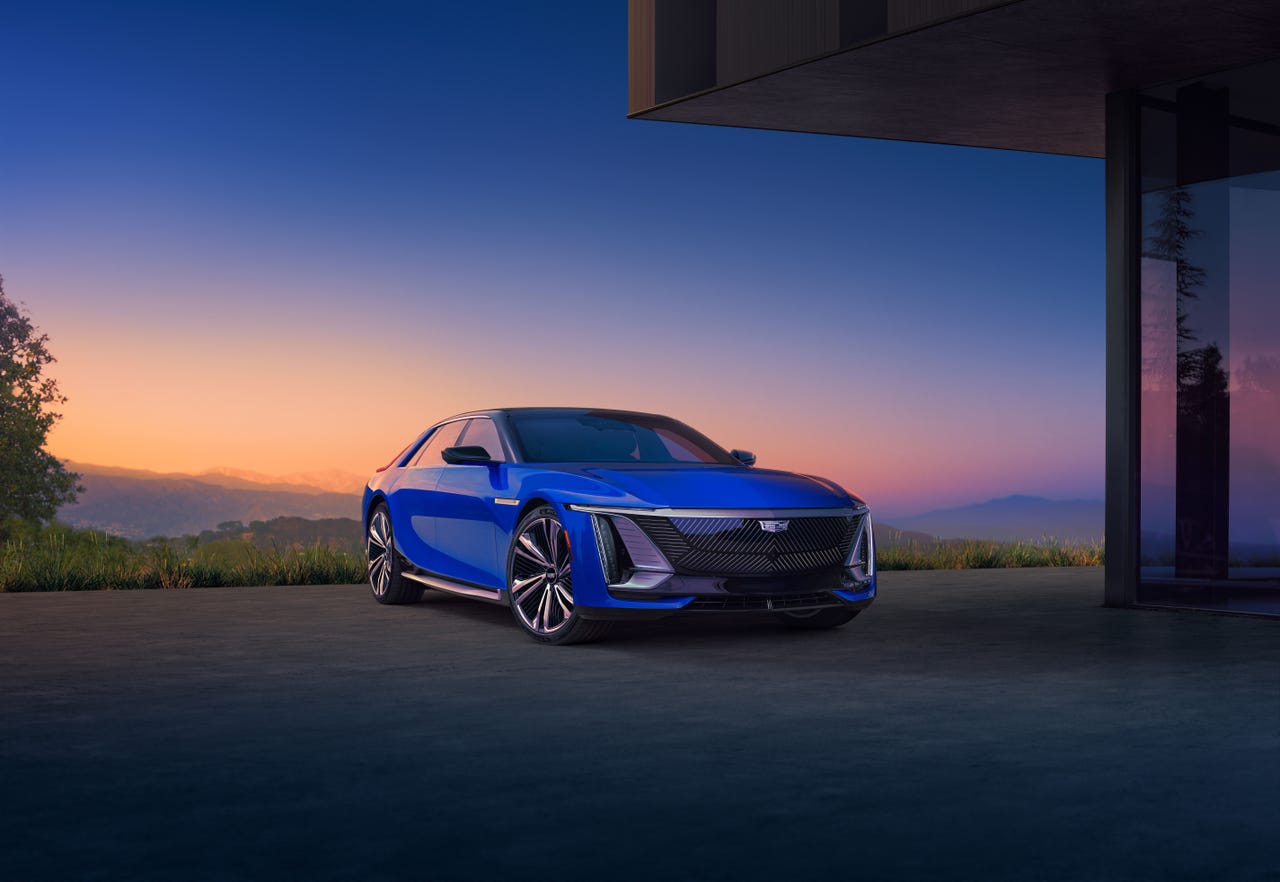
































Cadillac Celestiq.
CadillacGeneral Motors' latest addition to its lineup of semi-autonomous vehicles is here -- and GM's Ultra Cruise will first be employed in a Cadillac. GM has been working on the technology behind Ultra Cruise since 2021, and the tech aims to log zero crashes, emissions, and traffic jams.
Ultra Cruise builds off its predecessor, Super Cruise, which can self-drive select Chevy vehicles on up to 400,000 miles of compatible highways in the U.S. and Canada. Super Cruise uses LiDAR, radar, GPS, and 3D cameras to identify the vehicle's orientation.
Also: The best affordable EVs
Ultra Cruise upgraded the existing technology to offer several new features like object avoidance, automatic parking, following speed limits, and automatic lane change. Ultra Cruise deploys a 360-degree, 3D representation of the environment around the car to understand the vehicle's whereabouts.
According to Doug Parks, GM executive vice president of Global Product and Development, the combination of sensors makes Ultra Cruise the company's most intelligent semi-autonomous driving system to date.
Ultra Cruise uses smart diagnostics and learning systems to identify where the software needs upgrades, which can be applied via over-the-air servicing. The software is equipped with Human Machine Interface technology, which alerts the driver when they need to take over and control the vehicle.
As the technology becomes more advanced, GM says that the goal is for cars equipped with the system to drive autonomously in more complex and densely populated city and residential areas.
Also: The best hybrid cars
Although Ultra Cruise uses a list of self-driving technologies, it is still not a fully autonomous driving system. Drivers are required to keep their eyes on the road and intervene when necessary. Cars equipped with Super Cruise cannot take advantage of the new Ultra Cruise technology.
Currently, the only car with Ultra Cruise technology is Cadillac Celestiq, a$300,000 luxury electric sedan.
 Hot Tags :
Innovation
Hot Tags :
Innovation